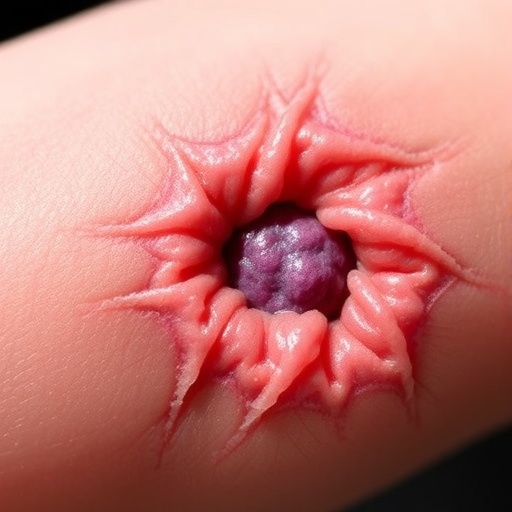A team of scientists at The University of East Anglia (UEA) has developed a novel way to obtain previously inaccessible insight into the functions of a group of essential proteins.
Many proteins contain a cofactor — an additional component that is often crucial for the protein's function. Iron-sulfur clusters are protein cofactors that play essential roles in a wide range of processes including respiration, photosynthesis, and DNA replication/repair.
Iron-sulfur cluster proteins also play key roles in sensing environmental change, enabling bacteria to mount an adaptive response. This is crucial for their survival, for example in pathogens trying to evade the human immune system. Iron-sulfur clusters are reactive and fragile, making them difficult to work with, and their functional properties are often complex.
UEA researchers have developed a new method to study these delicate iron-sulfur clusters based on mass spectrometry — an advanced technique that can identify proteins by measuring their mass with great accuracy.
In common life science applications of mass spectrometry, the proteins being studied are in an unfolded state and any information on cofactors is lost. The team has developed ways to keep iron-sulfur cluster proteins in a folded state with the cluster bound during the mass spectrometry experiment, and to monitor their reactivity in real time.
FNR is an iron-sulfur cluster-containing protein which functions as an oxygen (O2) sensor. It is key for the ability of bacteria such as E. coli to 'breathe' in the absence of O2 and it undergoes a complex cluster conversion process when O2 is present. This abolishes its ability to bind DNA enabling it to regulate the switching on of enzymes which utilise O2 for respiration and to switch off those that can't.
Using their mass spectrometry approach, the researchers were able to detect for the first time all of the reaction components simultaneously, providing unprecedented details of the conversion process.
Prof Nick Le Brun from UEA's School of Chemistry, who led the team, said: "This work demonstrates the exciting potential of mass spectrometry to provide a level of insight into this common cofactor that was previously not possible.
"The ability to 'see' and clearly distinguish all reacting species in this process at the same time is hugely advantageous. Given the importance and ubiquitous nature of iron-sulfur cluster proteins, the methodology we have developed promises to have widespread application across further research into systems involving interactions and reactions of protein cofactors, particularly with small molecules like O2, nitric oxide, nitrogen and hydrogen."
###
The study was funded by the Biotechnology and Biosciences Research Council (BBSRC).
'Mass spectrometric identi?cation of intermediates in the O2 driven [4Fe-4S] to [2Fe-2S] cluster conversion in FNR' is published in the journal Proceedings of the National Academy of the USA – DOI: 10.1073/pnas.1620987114 – http://www.pnas.org/content/early/2017/03/31/1620987114.abstract
Media Contact
Lucy Clegg
[email protected]
44-016-035-93496
@uniofeastanglia
http://comm.uea.ac.uk/press
############
Story Source: Materials provided by Scienmag




